Recognising and Understanding Emotion, using ‘ABC’ (a brief introduction for non-mental health professionals).
Every day our emotional state will influence how we feel and how we behave. This happens whoever we are, whatever age we are and whatever we do (be that paid/voluntary work, or something else). For example, a calm/positive emotional state is more likely to mean that a person will act in a friendly and sociable manner. An agitated/unsettled emotional state means the individual is more likely to be unfriendly, inconsiderate, rude or even aggressive. Fortunately, most people are able to go about their daily life without any problems – even though they may experience a range of emotional states/responses throughout the day.
Extremely high arousal is almost always detrimental to concentration and clear thinking and is more likely to lead to erratic and/or unpredictable behaviour, often including aggression, which will have an obvious impact on daily life – even if this is only for a short period of time.
It is therefore useful for anyone who has regular contact with members of the public to understand emotions, as this can help clarify why some people (e.g. customers/clients/patients) present with challenging behaviour and will assist in managing that behaviour in a calm, professional and caring manner. A simple tool to aid this was described by Richards and Whyte in 2011, using the initials ABC. Although their work is linked to understanding aspects of problems identified by patients working with Psychological Wellbeing Practitioners, the principles are readily transferable to non-healthcare settings and the understanding of ‘emotion’.
The ABC of Emotion.
Emotions affect the way we think and behave – but our thoughts and behaviours can also affect our emotional state. The ABC of Emotion demonstrates how this works by describing the constituent parts of an emotion using the categories Autonomic, Behavioural and Cognitive. These all interact and influence each other, leading to the emotional part being the one which is obvious to ourselves and others. An alternative way of remembering these elements is to use the terms Physical, Action and Thoughts.

Anxiety is a very common – and normal – emotion that I’m sure many people can relate to, so let’s illustrate the constituent parts of anxiety using the ABC of Emotion:

NB. This list is not exhaustive!
If you feel able to, recall a time when you felt very anxious about something and relate your responses to the ABC of Emotion above, remembering to separate each individual element.
Consider ways in which anxiety may be reduced using the information above, remembering that changing one constituent of the ABC of Emotion will influence the others and – in this case – reduce anxiety.
For example, asking someone to take a deep breath, breathe out slowly and then concentrate on slowing their breathing rate down – this is a behaviour which will also reduce many of the autonomic and cognitive responses. This is a very simple and effective technique to use.
Acknowledge a person’s anxiety and ask them what is making them feel anxious. This will provide a good insight into the thoughts occurring for an individual, and therefore their cognitive response to the situation as they perceive it (recognising that this may be different to how others perceive the same situation). Providing honest and appropriate reassurance to whatever they say will also alleviate the heightened emotional response and, soon after, the autonomic and behavioural manifestations will subside.
Some key communication skills required to manage ‘emotional’ behaviour in a calm, professional and caring manner:
- Active listening.
- Non-judgmental.
- Acknowledgement/reflection.
- Reassurance.
- Empathy.
- Be clear and concise in what you say.
- Limited self-disclosure (where appropriate).
- Blameless apology (where appropriate).
Try identifying the ABC components for other emotions (such as anger, sadness, love, joy) and then consider how each could be managed if necessary.
Asking a person to take a deep breath and pause for a moment is probably the most common – and easiest – way of reducing a heightened emotional state and can be effective in many situations (particularly anxiety and anger). Gaining an insight into the complex phenomena underpinning emotions (using the ABC of Emotion) will enhance understanding and facilitate other options if required. This is particularly helpful when dealing with a person who is angry and/or aggressive, and also for understanding your own personal response to challenging or difficult situations.
Please remember that this is a very simple explanation of some complex phenomena relating to the understanding and management of emotional states, but I hope it will be of interest and use.
REFERENCES.
Richards, D. and Whyte, M., 2011. ‘IAPT Reach out – National Programme Student Materials to Support the Delivery of Training for Psychological Wellbeing Practitioners Delivering Low Intensity Interventions. 3rd ed. London: Rethink Mental Illness.
Sue Putman. BSc (Hons); Dip HE; RMN; RGN.
April 5th 2021.













